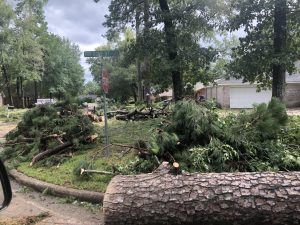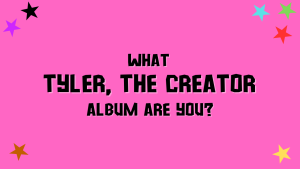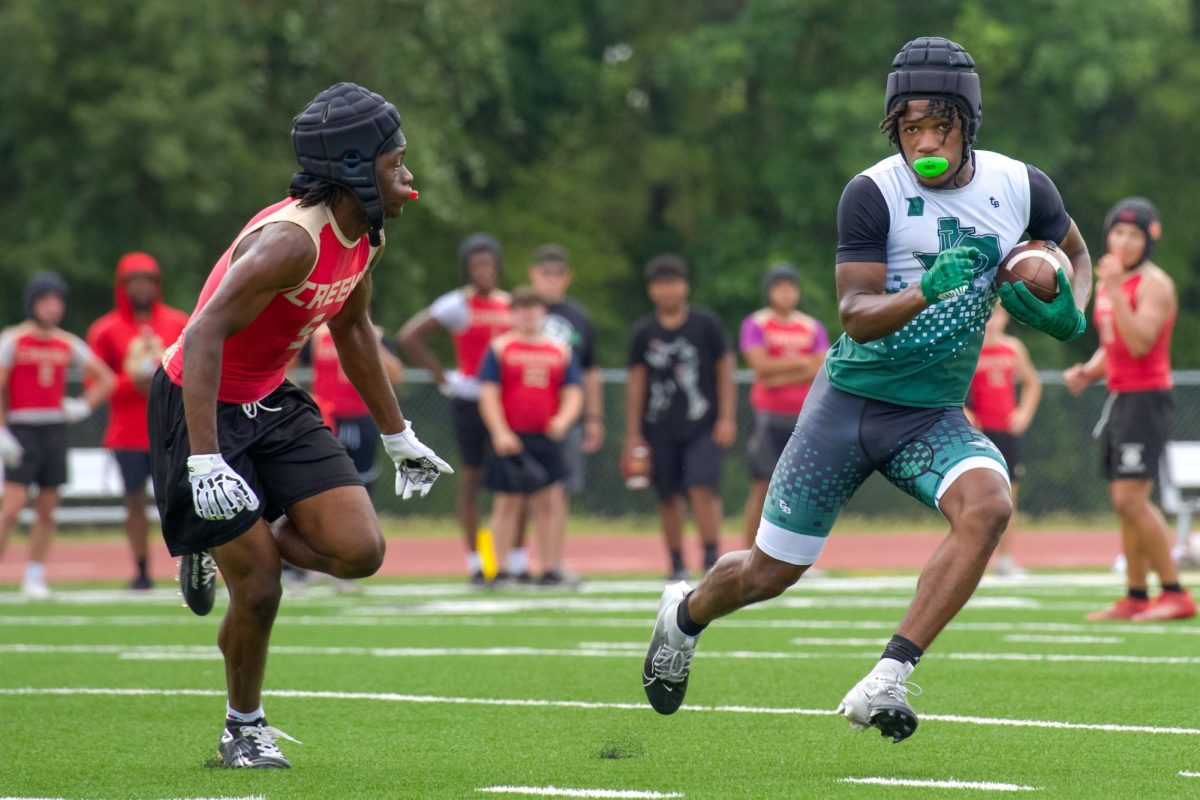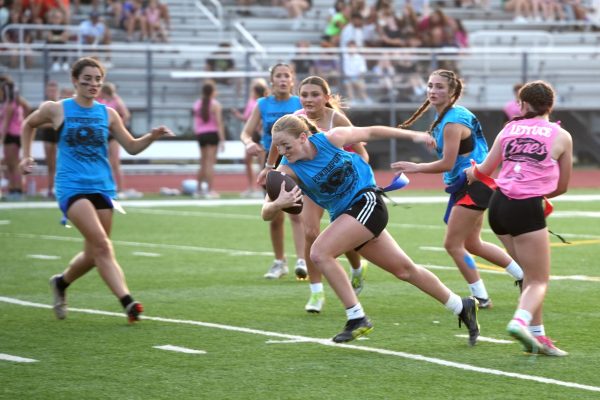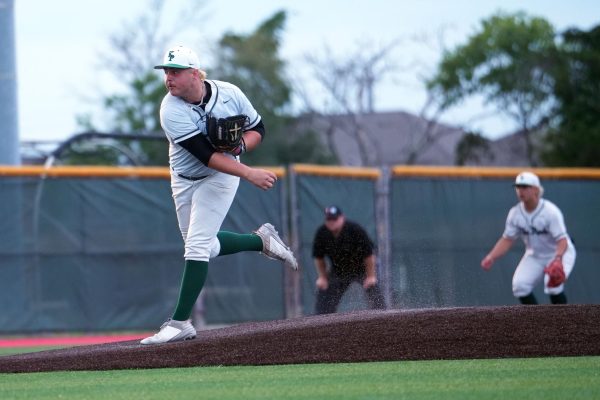Interviewing a highlight in reporting process
Reporting essentials.
January 14, 2021
When it comes to interviews, I almost always get the same questions and requests. “Make me sound smart,” is a recurring demand, as is “Why me?” After a seemingly endless train of these questions, I thought, why not make both of our lives a little bit easier and share my personal process along with tips and tricks for a great interview.
First, there’s the brainstorming. This is arguably the hardest part of the whole process. What story can I do that won’t mirror ones I’ve already done, are relevant, and most importantly, will make an impact? Once I have my idea for a story, I have to figure out who to interview. When I was in face to face school, this was much easier. I’d talk with my teacher, Mrs. Ortiz, then have a call slip sent to your class, and we’d conduct our interview during lunch.
Now that I’m virtual; however, things are insanely difficult. Some people I find through Instagram, some are recommended by coaches, and some I find through my friends.
So now I have a person to interview, and I have to set it up. This is what causes people the most anxiety when in reality it’s quite a simple process. I’ll ring you up, preferably FaceTime, and we’ll have a conversation. I’ll have a list of 21 questions (it’s almost always 21), and I’ll type up your answers on my laptop. There are no bright lights, good cop/bad cop, or torture. We’re just two people, having a conversation.
Once my interviews are conducted, I go through the transcript, picking out some of my best quotes. I use these to help come up with a lead for the story. This is the very first line, the “attention-grabber.” A great lead can make or break a story, so it has to be as perfect as possible. Once I come up with a lead, I open a new Google document, put my headphones in, and just write.
Most of the time, it’s like putting a puzzle together. I mix a person’s words with mine, quoting them, and using my voice to tie their quotes together. When I feel I’m done, I’ll share it with Mrs. Ortiz, and from there she will make edits to it. (Let me tell you, there will always be edits, and they are always needed.) Once it has the stamp of approval, it’s placed online or in the newspaper, and I’m off working on my next project.
It’s not so scary, is it?
Lots of people I have interviewed came into it nervously, not knowing what was going to happen, and left telling me, “That wasn’t so bad.” I’ve become great friends with people I’ve done stories on. It’s a way to make a connection with other people.
In conclusion, here are my top 5 tips when you have to be interviewed.
1. It’s not an interrogation, it’s a conversation. I’m not going to bite your head off, I’m genuinely interested in talking to you.
2. Don’t be afraid to ask questions, too. The more we talk, the more you’ll open up without realizing, and you might reveal some deep thought you didn’t even know you had.
3. For goodness sake, don’t give one-word answers. That makes my life so difficult, and it won’t let me write a great story about you.
4. If it sounds interesting to you, join the journalism program! I’ve traveled to Chicago and Washington D.C. and I plan to go to Philadelphia next year! I’ve made many great friends and had numerous opportunities.
5. Spread the word! If you have an idea for a story or something you would like to our publication, let us know! Contact me, or stop by room 1504 to talk to one of our great staff members.



